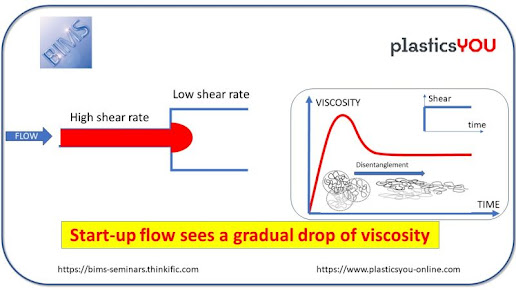NASA tests game changing composite cryogenic fuel tank
Cryogenic propellants are gasses chilled to subfreezing temperatures and condensed to form highly combustible liquids, providing high-energy propulsion solutions critical to future, long-term human exploration missions beyond low-Earth orbit. Cryogenic propellants, such as liquid oxygen and liquid hydrogen, have been traditionally used to provide the enormous thrust needed for large rockets and NASA's space shuttle.
In the past, propellant tanks have been fabricated out of metals. The almost 8 foot (2.4 meter) diameter composite tank tested at Marshall Space Flight Center in Huntsville, Alabama, is considered game changing because composite tanks may significantly reduce the cost and weight for launch vehicles and other space missions.
Switching from metallic to composite construction holds the potential to dramatically increase the performance capabilities of future space systems through a dramatic reduction in weight. A potential initial target application for the composite technology is an upgrade to the upper stage of Space Launch System heavy-lift rocket.
Built by Boeing at their Tukwila, Washington facility, the tank arrived at NASA in late 2012. Engineers insulated and inspected the tank, then put it through a series of pressurized tests to measure its ability to contain liquid hydrogen at extremely cold temperatures. The tank was cooled down to -423 degrees Fahrenheit and underwent 20 pressure cycles as engineers changed the pressure up to 135 psi.
The NASA and Boeing team are in the process of manufacturing the 18 foot (5.5 meter)-diameter composite tank that also will be tested at Marshall next year.
"The tank manufacturing process represents a number of industry breakthroughs, including automated fiber placement of oven-cured materials, fiber placement of an all-composite tank wall design that is leak-tight and a tooling approach that eliminates heavy-joints," said Dan Rivera, the Boeing cryogenic tank program manager at Marshall.
Composite tank joints, especially bolted joints, have been a particularly troubling area prone to leaks in the past. Boeing and its partner, Janicki Industries of Sedro-Woolley, Washington, developed novel tooling to eliminate the need for heavy joints.
More information: www.nasa.gov
In the past, propellant tanks have been fabricated out of metals. The almost 8 foot (2.4 meter) diameter composite tank tested at Marshall Space Flight Center in Huntsville, Alabama, is considered game changing because composite tanks may significantly reduce the cost and weight for launch vehicles and other space missions.
Switching from metallic to composite construction holds the potential to dramatically increase the performance capabilities of future space systems through a dramatic reduction in weight. A potential initial target application for the composite technology is an upgrade to the upper stage of Space Launch System heavy-lift rocket.
Built by Boeing at their Tukwila, Washington facility, the tank arrived at NASA in late 2012. Engineers insulated and inspected the tank, then put it through a series of pressurized tests to measure its ability to contain liquid hydrogen at extremely cold temperatures. The tank was cooled down to -423 degrees Fahrenheit and underwent 20 pressure cycles as engineers changed the pressure up to 135 psi.
The NASA and Boeing team are in the process of manufacturing the 18 foot (5.5 meter)-diameter composite tank that also will be tested at Marshall next year.
"The tank manufacturing process represents a number of industry breakthroughs, including automated fiber placement of oven-cured materials, fiber placement of an all-composite tank wall design that is leak-tight and a tooling approach that eliminates heavy-joints," said Dan Rivera, the Boeing cryogenic tank program manager at Marshall.
Composite tank joints, especially bolted joints, have been a particularly troubling area prone to leaks in the past. Boeing and its partner, Janicki Industries of Sedro-Woolley, Washington, developed novel tooling to eliminate the need for heavy joints.
More information: www.nasa.gov


Comments
Post a Comment